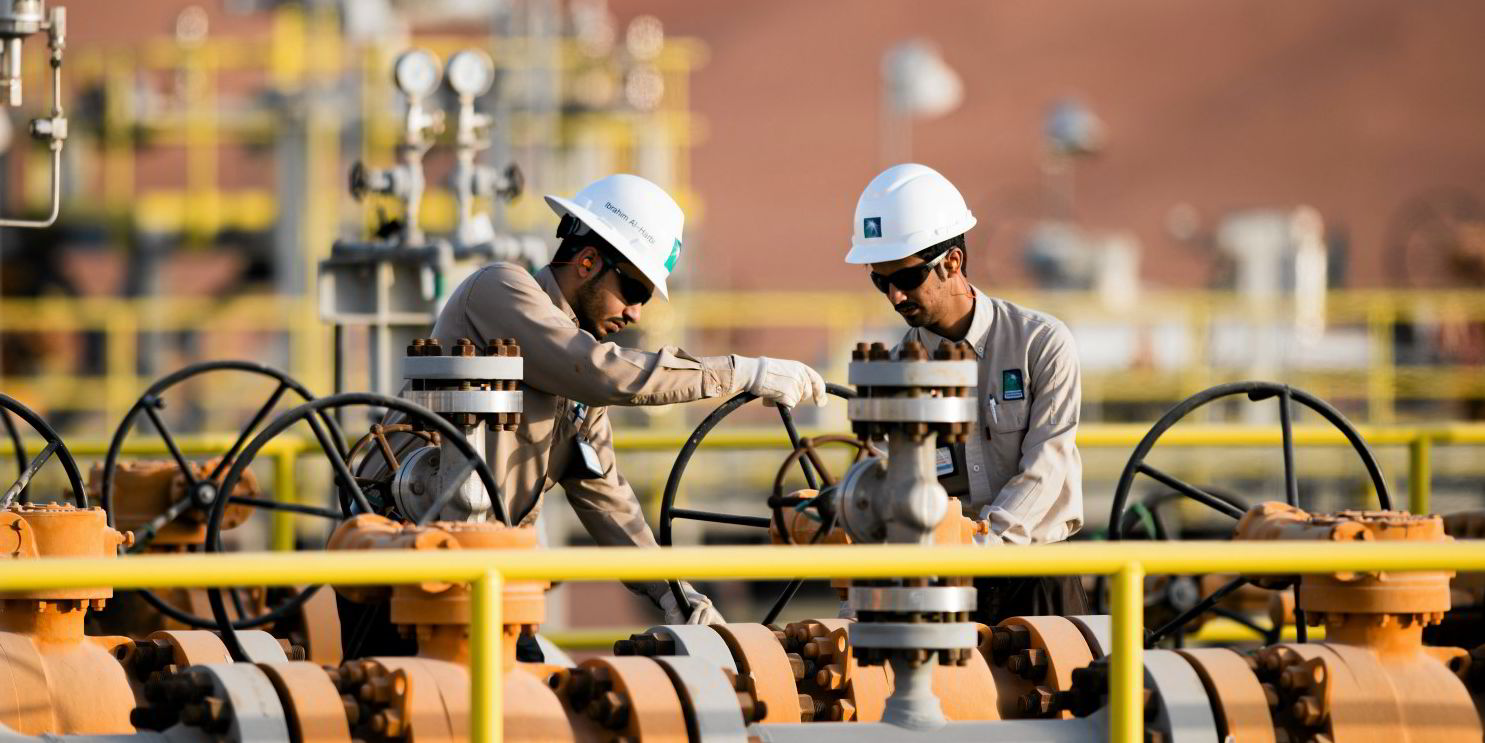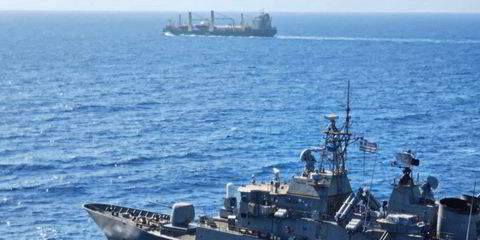From a rates perspective, public tanker companies began 2021 with one of the worst quarters in recent history, only to see their shares appreciate by well over 20%.
How to explain the disconnect? On a superficial level at least, stocks are supposed to rise when rates and asset values rise, and fall when they fall.
One common explanation is that investors — having seen rates recover and soaring stock prices in dry bulk and containerships — decided to get in a little early on a presumed tanker market rebound in the second half of the year.
Never mind that oil inventories were still too high and rates earned in several vessel classes remained below financial break-evens.
But what if we are looking at tanker stocks the wrong way? What if, rather than functioning as a sub-sector of shipping equities, they actually trade as one of several investing options within the energy sector?
Noteworthy
That is the question raised by Jonathan Chappell of Evercore ISI in a client note. He presents convincing evidence that, in his thesis, there really is not much of a disconnect at all.
“What’s most noteworthy is the year-to-date appreciation across several different sub-segments of ‘energy’ all fall within a tight band of 22% to 26.2%,” the veteran equity analyst wrote.
“We believe this association with other energy sectors, and the oft-blamed ‘computer trading platforms’, is far more responsible for the increase in tanker share prices year to date than industry fundamentals, rates or asset values.”
The seven energy sub-segments are master limited partnerships (MLPs), oil majors, West Texas Intermediate crude, oil service providers, tankers, refiners and pressure pumping. MLPs had the lowest return (22%), pressure pumping the highest (26.2%). Tankers were smack in the middle at 23.8%.

In an interview with TradeWinds, Chappell made clear that he considers the correlation a good thing for tankers because it has set a higher jumping-off point for the day the stocks begin to trade on their own fundamentals again.
“Right now, tankers are a macro trade. But I think at some point they will transition to a micro trade,” he said. “When they do reach an inflection point, tankers will start to trade more on the fundamentals of their industry.”
To reinforce his point, Chappell noted the unexpected happenings at two Opec+ meetings.
At the first, on 4 March, the cartel surprisingly voted to largely maintain production cuts. The news was good for oil prices, bad for tankers. Oil prices rose and so did tanker shares.
At the second meeting, on 1 April, Opec+ again surprised by restoring some production. It was good news for the tanker market. But oil prices fell and so did tanker stocks.
It is not a new thing for tanker stocks to trade in correlation with the energy patch, Chappell pointed out. But based on the events to early April, “the correlation has just gotten much stronger”.
So if energy has been driving the bus — even with help from computers and logarithms — when can tanker stocks expect to begin trading on their own fundamentals? And when should investors who want to back a tanker-market recovery make their approach?
It all has to do with increased crude production in the second half of this year, Chappell reckons.
“Tanker owners went through maybe the worst first quarter in history, and rates booked so far in the second quarter have not been good. There won’t be a lot of good news other than ‘trust us and hope’,” he said.
All eyes on oil
“But I think rates will start to inflect late in the second quarter or early in the third. It’s not that far off. If you’re an investor, you probably don’t want to wait until that day in June or July when Opec makes that announcement.”
In the meantime, investors might want to keep an eye on movements in the energy patch to determine where tanker stocks are headed, Chappell said in his client note.
“Tanker stock traders would probably be better off watching oil prices and the shifts in direction of refiner and oil-major equities than the tanker rates that actually drive earnings and cash flow.”








